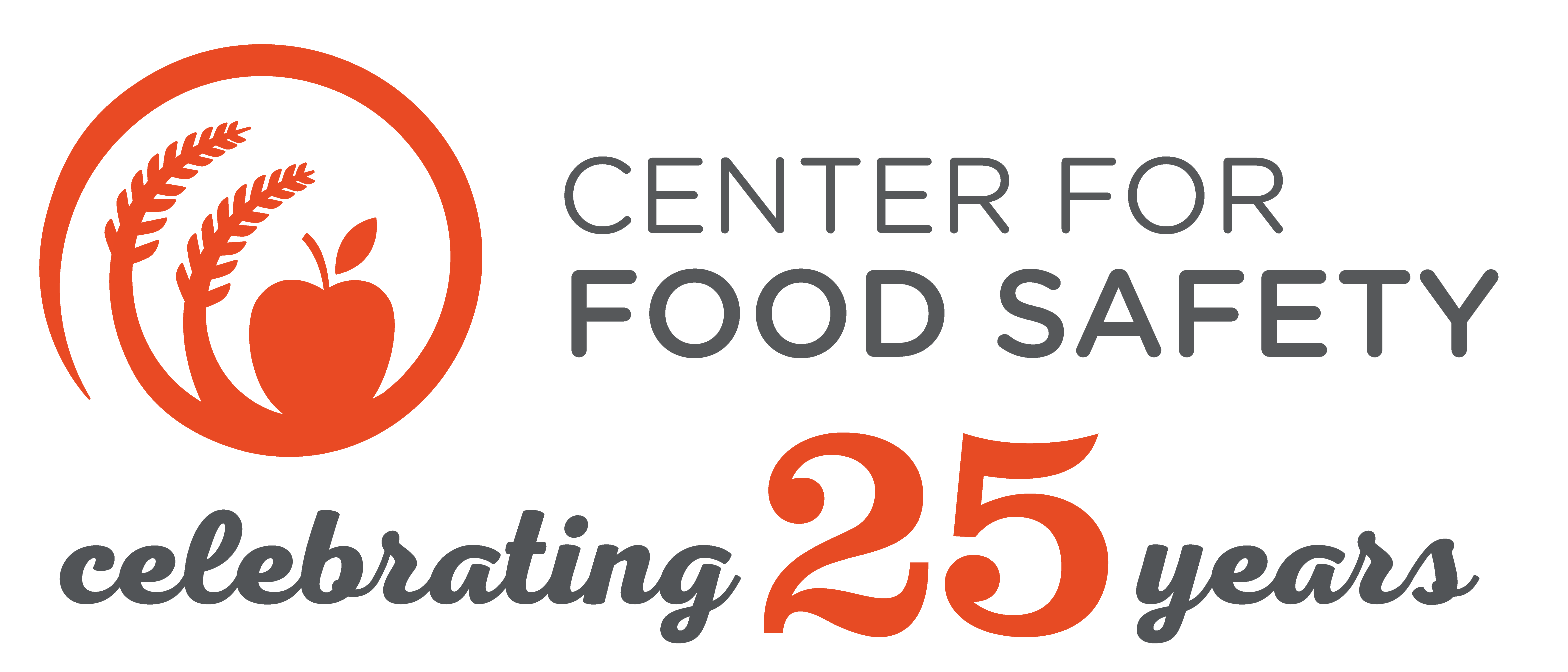FDA has published two rules to protect animals and consumers against BSE. The first rule, published by FDA in 1997, is designed to prevent the spread of BSE through animal feed by prohibiting the use of most mammalian protein in the manufacture of animal feeds given to ruminant animals, such as cows, sheep, and goats. The regulation also requires process and control systems to ensure that feed for ruminants does not contain the prohibited mammalian tissue. The two cases of BSE detected in U.S. cattle involved cows born before the 1997 feed ban.
However, in 2002, the General Accountability Office released a report finding serious flaws in the FDA’s inspection and review of animal feed renderers, manufacturers, feed haulers, and distributers. [1] In 2006, the FDA directed some 1,600 U.S. and foreign food and cosmetics processors to keep accurate records that show that they have been complying with the 1997 rule to keep BSE out of their products, and in 2008, the second rule was published by FDA. This regulation strengthened the 1997 rule by prohibiting the tissues that have the highest risk for carrying the agent thought to cause BSE in animal feed. These high risk cattle materials are the brains and spinal cords from cattle 30 months of age and older.
3 Direct Pathways FDA Allows Infected Feed into the U.S. Cattle Population
1.) Poultry Litter: In areas where cattle are raised close to poultry operations, poultry litter consisting of bedding, waste, and spilled feed may be used as a feed ingredient for cattle. Thus, feed material not allowed for use in ruminants under the current FDA regulations can still be fed back to cattle as a part of feed created from poultry litter.
2.) Plate Waste: Current regulations allow inspected meat products that have been cooked and offered for human food and then further processed for feed to be fed to ruminants.
3.) Salvaged Pet Food: Pet food is not required to be labeled with the “Do not feed to cattle or other ruminants” label. Some of these pet food products destined for the retail market may eventually make it back to the cattle feed market as salvaged or distressed pet food.
In order to safeguard the U.S. meat supply, FDA and USDA should ban all use of any mammalian protein in the feed of ruminant animals that enter the human food supply.
------------------------------------------------------------------
[1] See U.S. General Accounting Office, “Mad Cow Disease: Improvements in the Animal Feed Ban and Other Regulatory Areas Would Strengthen U.S. Prevention Efforts,” GAO-02-183 (January 2002).




